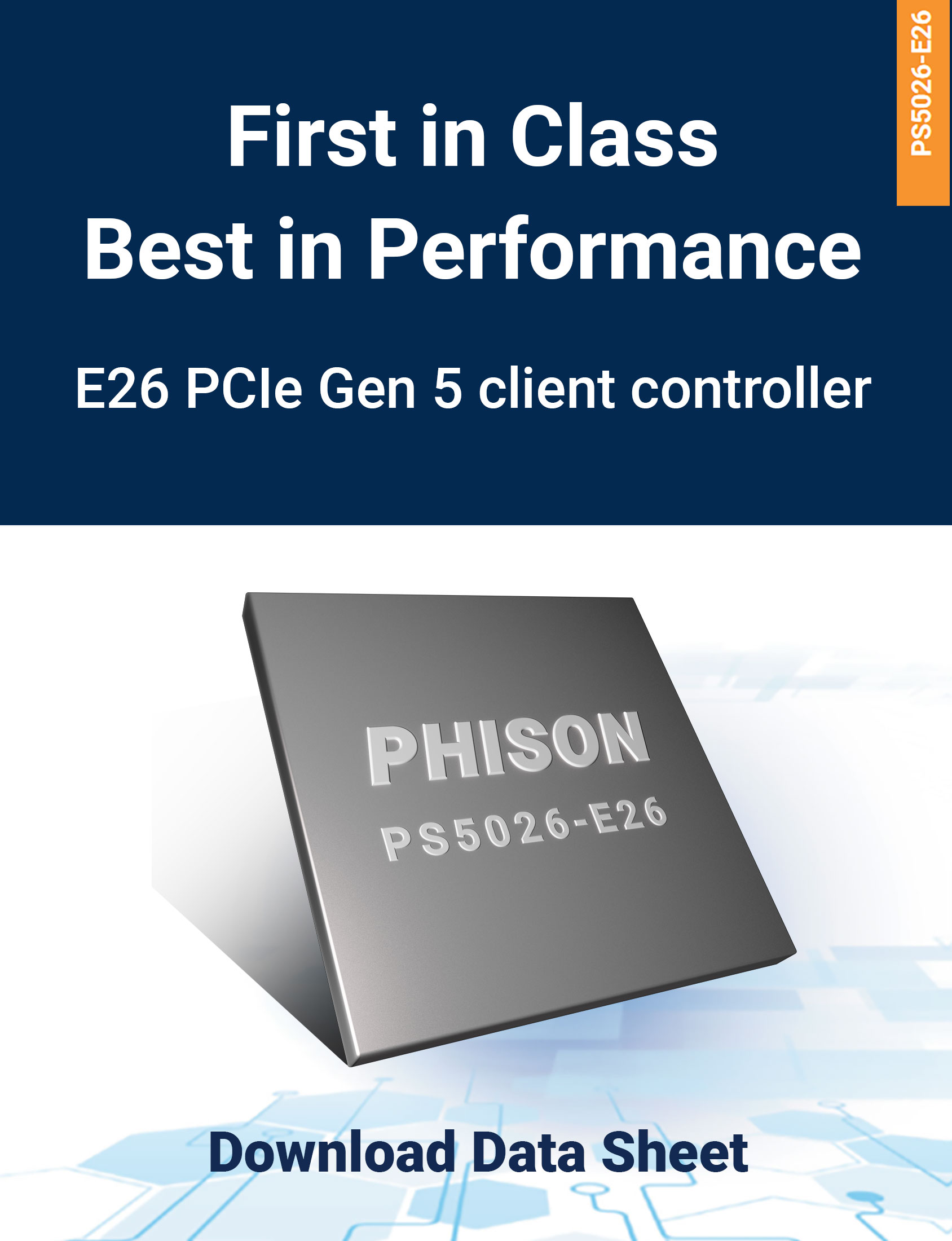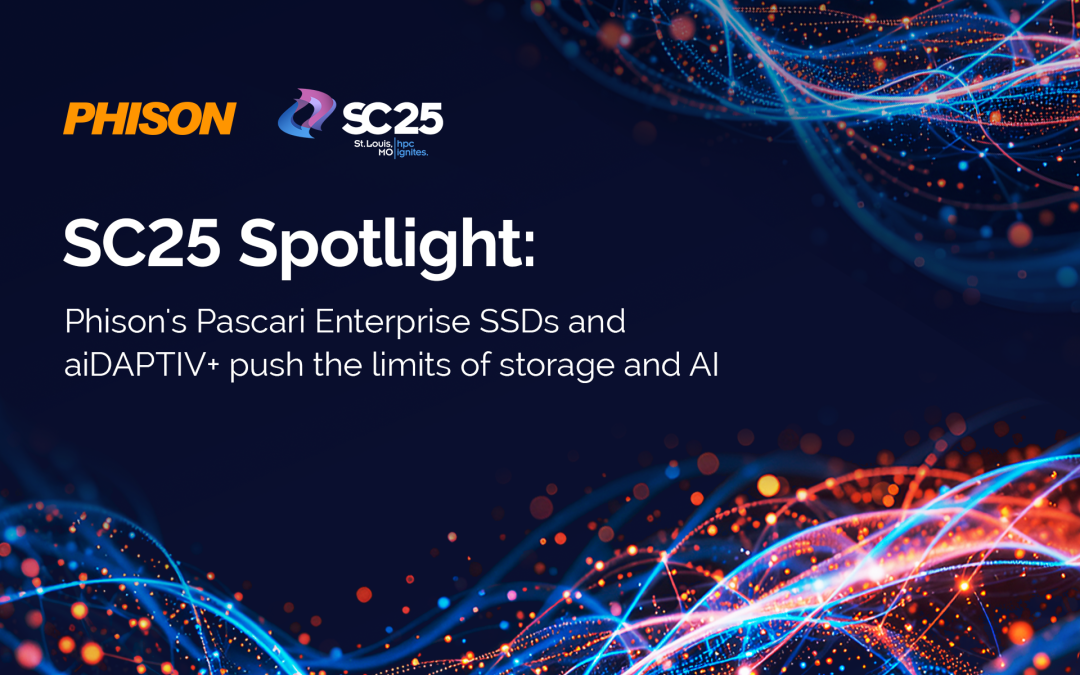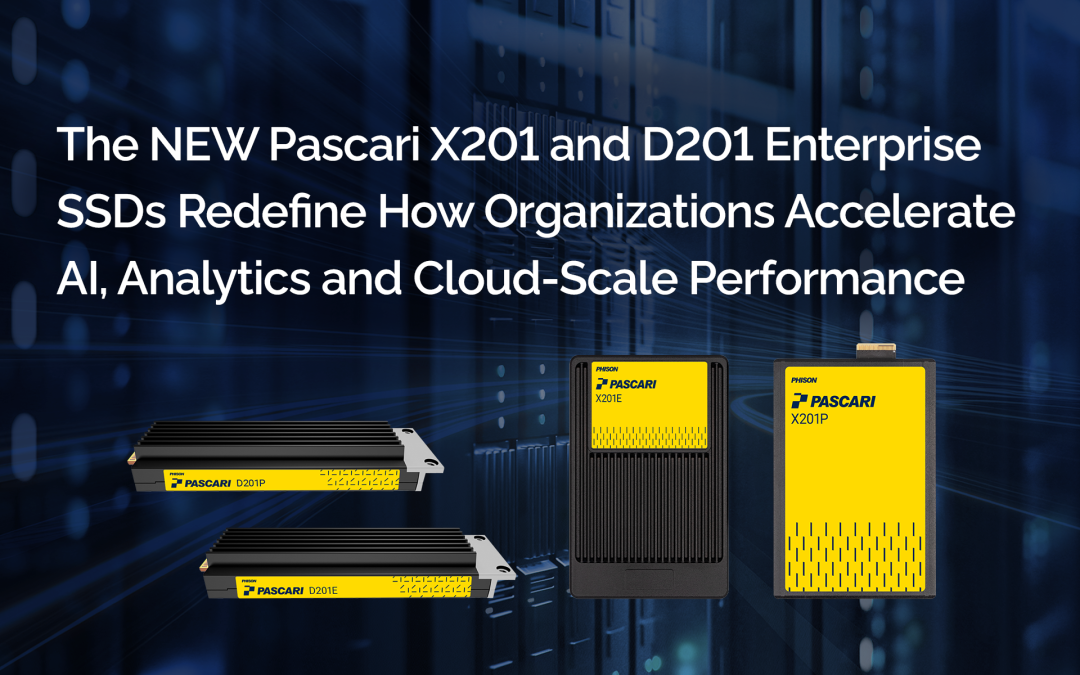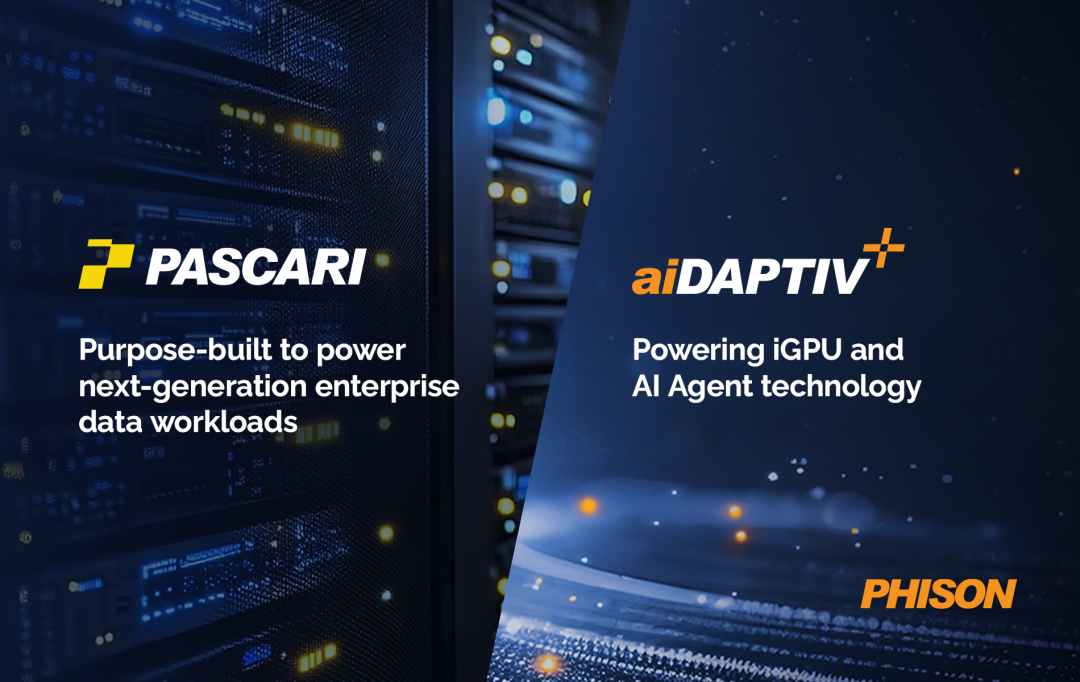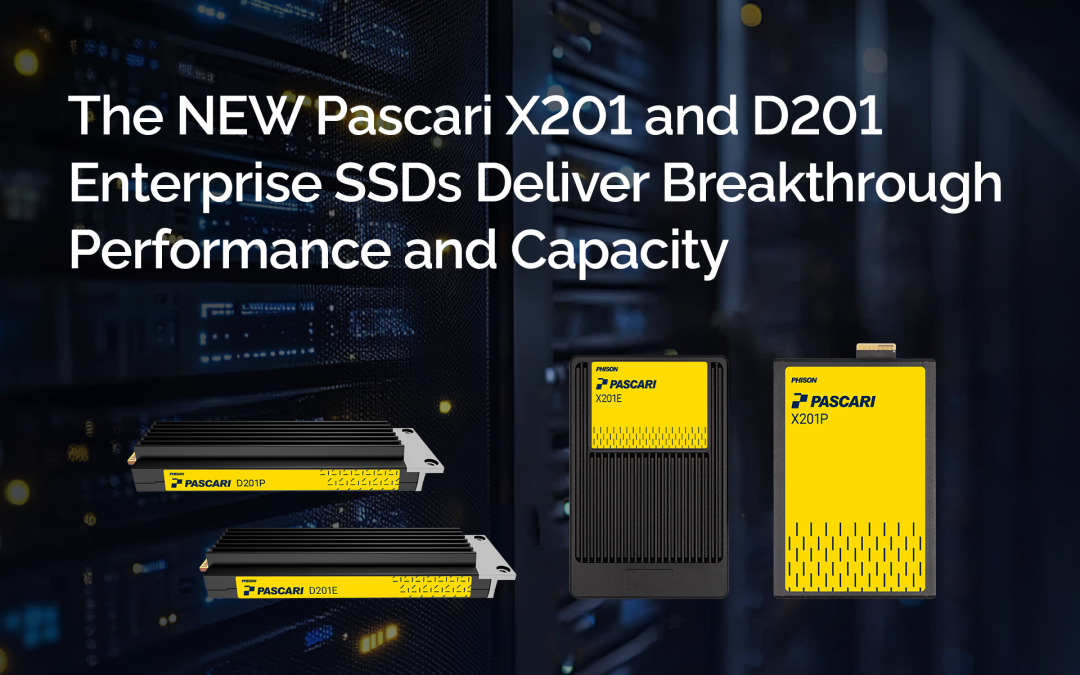For a long time, hard disk drives (HDDs) were the de facto data storage standard in enterprise data centers. When flash storage and solid state drives (SSDs) came onto the scene, the industry was excited about the performance benefits they offered over HDDs but their price and storage capacities kept them from replacing HDDs.
Eventually, SSD capacities went up and prices went down—and today presents a very different landscape in regard to who’s using SSDs and for what purposes. Technologies such as big data analytics, high-performance computing, AI, content delivery and media streaming are transforming the data storage industry in major ways and enterprises must adapt or lose hold in an increasingly fierce marketplace.
Drive capacities need to keep up with modern data storage needs
Number one in the big shifts across today’s IT industry is the massive volume of data pouring into organizations of all sizes—and the need to store and manage that information efficiently. Suddenly, data is coming from everywhere and much of it contains real value in the form of actionable insights, information about how to improve operations, enhance the customer experience, work more productively, reduce costs and more.
To get those insights, through data analytics platforms or AI projects, for instance, organizations need data storage that offers high performance, high data transfer rates and low latency. Large AI models require vast amounts of data and a system that can parse that data quickly and efficiently. SSDs meet those requirements and deliver benefits that go far beyond traditional HDD and tape storage capabilities.
Performance is critical and that’s where SSDs shine. But when it comes to storage drives for large workloads, capacity is critical too, and that’s where HDDs have excelled. As collections of data grow, finding cost-effective ways to increase both performance and storage capacity is becoming a high priority for IT.
As SSD density increases, so do the benefits
Traditionally, SSDs haven’t offered the high capacities HDDs can. That’s starting to change now, however, and the industry is beginning to see denser SSDs designed to handle today’s enormous data volumes. While 16 TB SSDs are becoming more popular in enterprise data center environments today, larger capacities are possible.
Form factor plays a big part in how much data an SSD can store. Sebastien Jean, CTO of Phison USA, explained the concept in a Storage Unpacked interview:
“The reason we hit 16 terabytes as a limit is that’s what you can do with a single-board U.2, which is a two-and-a-half-inch form factor that’s seven millimeters thick. With a 512 gigabit die, you can get to 16 terabytes. Once you go to a one terabit die, you can go to 32. If you’re willing to work with a 15 millimeter drive, you can get to 64. And then if you factor in the newer form factors like E1.L, which has the largest board surface area, and thus the most space for NAND, you can get even higher.”
The number of PCIe lanes on a CPU can also be a barrier to increasing capacity. Because most CPUs have just four PCIe lanes, Jean says, “You’re not likely to solve the problem like you used to with hard drives, where you’d have these giant cabinets full of spinning disks. Instead, it makes a lot more sense to have those four lanes going to a very dense SSD.”
He says Phison has received a lot of interest from customers who want higher-density SSDs, and noted that the development cycle for these new products can be several years long. “The transition is happening,” Jean says. “It’s just not overnight.”
Some industry insiders think developments will occur sooner rather than later. An article in The Stack stated that the industry could see commercial availability of a 300 TB drive by 2026—with interim milestones starting at 75 TB.
Regardless of how quickly ultra-high-density SSDs hit the market, they are sure to bring the high performance and low latency modern organizations require.
Developing SSDs to solve challenges today—and tomorrow
Phison is committed to ongoing R&D to stay on the cutting edge of SSD and data storage solution development. The company understands enterprise needs and helping businesses keep data storage fast and efficient is one of its highest priorities.
As SSDs become more dense to meet evolving demand for higher drive capacities, Phison will deliver the most advanced technology to solve not only today’s challenges, but tomorrow’s as well.
Frequently Asked Questions (FAQ) :
What role does Phison PASCARI play in high-density SSD deployments?
PASCARI provides a co-designed storage architecture that optimizes controller, firmware, and NAND management as one stack. For hyperscale and enterprise AI, this means predictable QoS even as densities scale beyond 32–64 TB. By abstracting complexity at the controller level, PASCARI enables OEMs to integrate high-capacity drives without compromising latency or endurance.
How does PASCARI improve performance for AI and analytics workloads?
AI workloads often require high parallelism with sustained mixed reads and writes. PASCARI firmware is tuned for low-latency pipelines, adaptive caching, and fine-grained QoS control. This ensures training sets can stream at line-rate NVMe bandwidth while inference workloads maintain consistent p95/p99 latency across dense SSDs.
Does PASCARI address thermal and endurance challenges of ultra-dense SSDs?
Yes. As die counts rise, heat and write amplification become critical. PASCARI integrates adaptive thermal throttling, firmware-level wear-leveling, and AI-informed workload prediction to extend drive life. E1.L and 15 mm U.2 drives under PASCARI benefit from predictive thermal controls that maintain uptime without sudden throttles.
How does PASCARI integrate with erasure coding or RAID strategies?
Phison PASCARI controllers are built to accelerate background data protection tasks, enabling faster rebuilds and scrubbing on ultra-dense drives. The firmware works with distributed filesystems and NVMe-oF to parallelize recovery, reducing fault-domain risk as single-drive capacities scale upward.
Is PASCARI future-ready for 75 TB to 300 TB SSD classes?
Yes. PASCARI’s roadmap is aligned with NAND density growth. By 2026, when ~300 TB drives are forecasted, PASCARI will support controller-level optimization for very high-density form factors like E1.L. This ensures OEMs can deploy next-gen storage tiers without redesigning their system software stacks.




